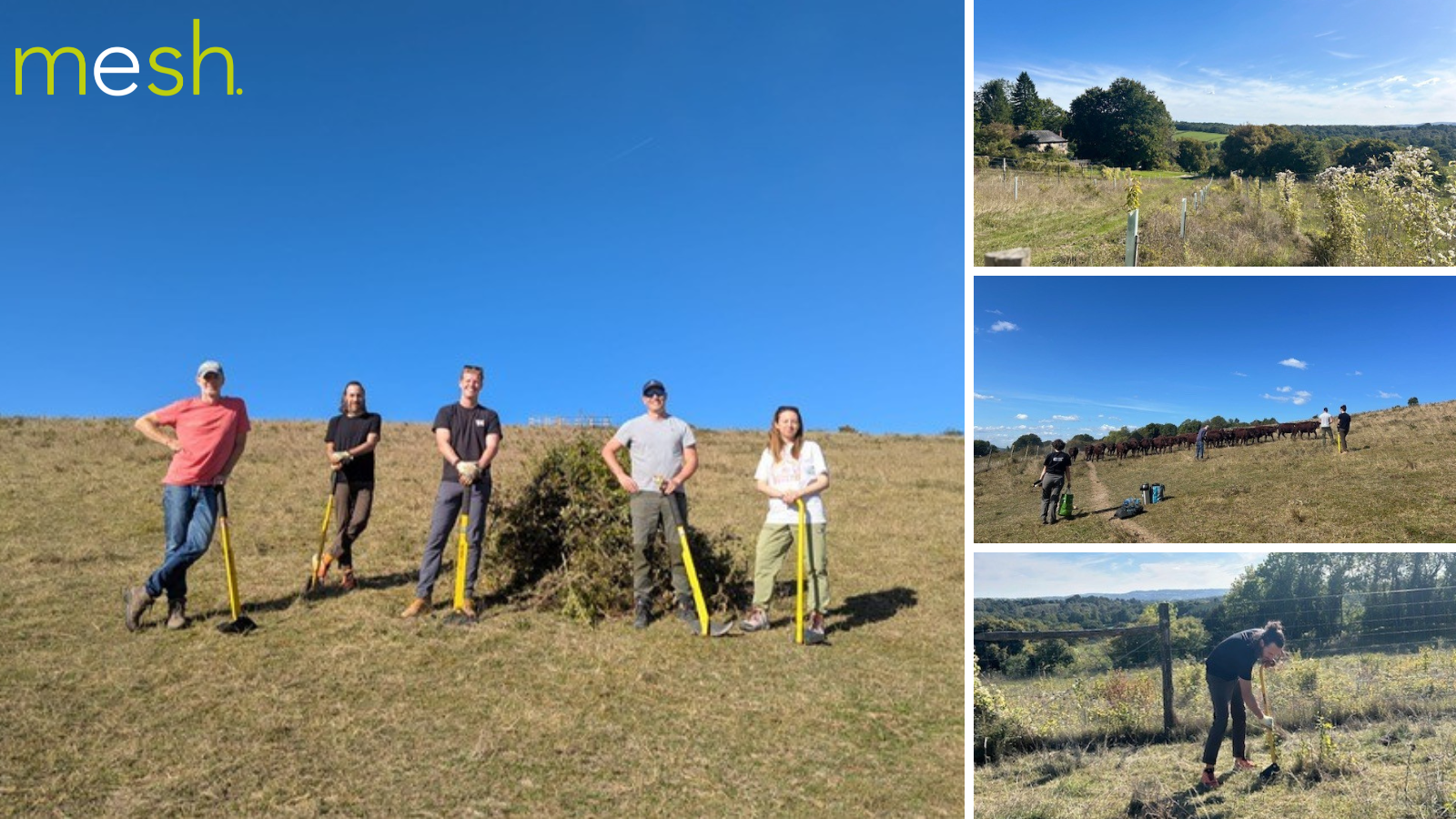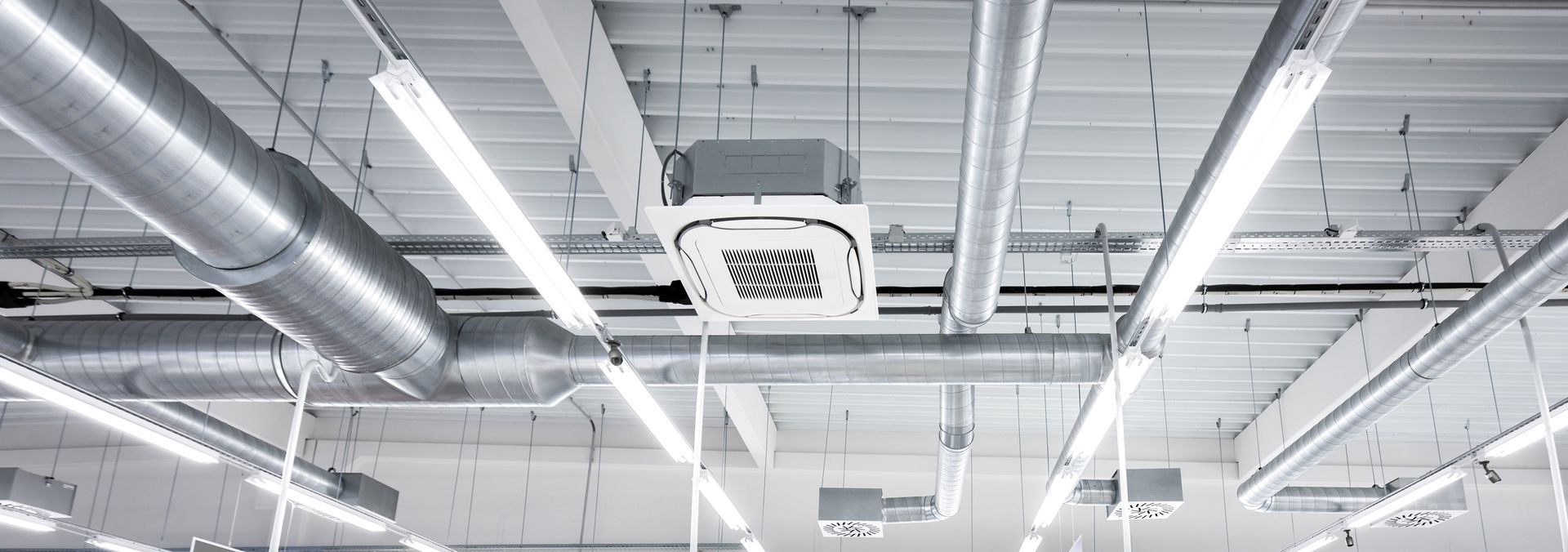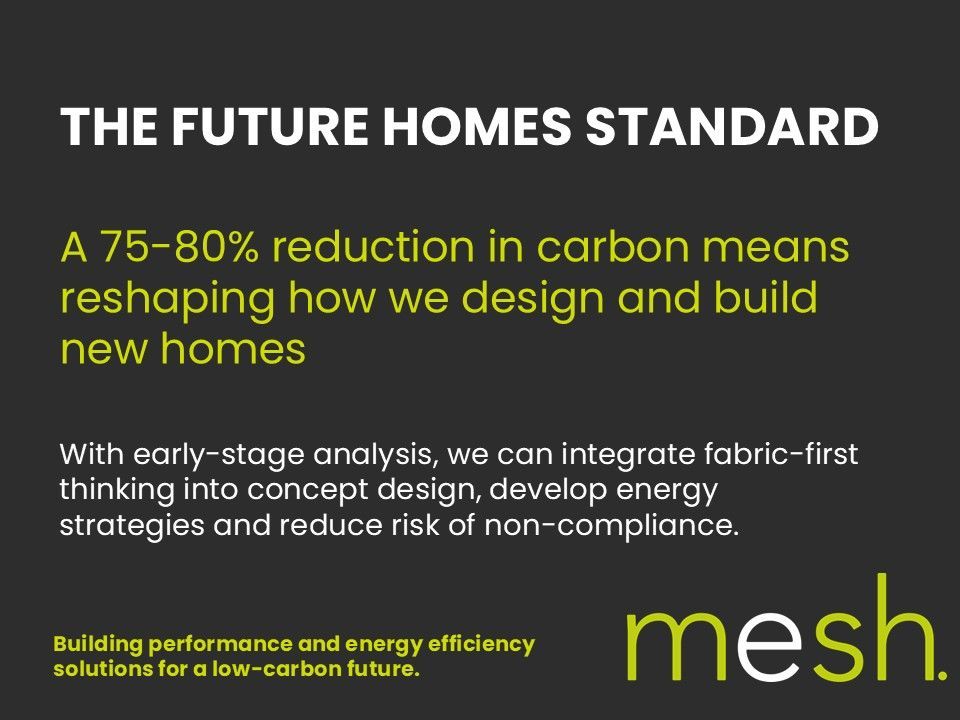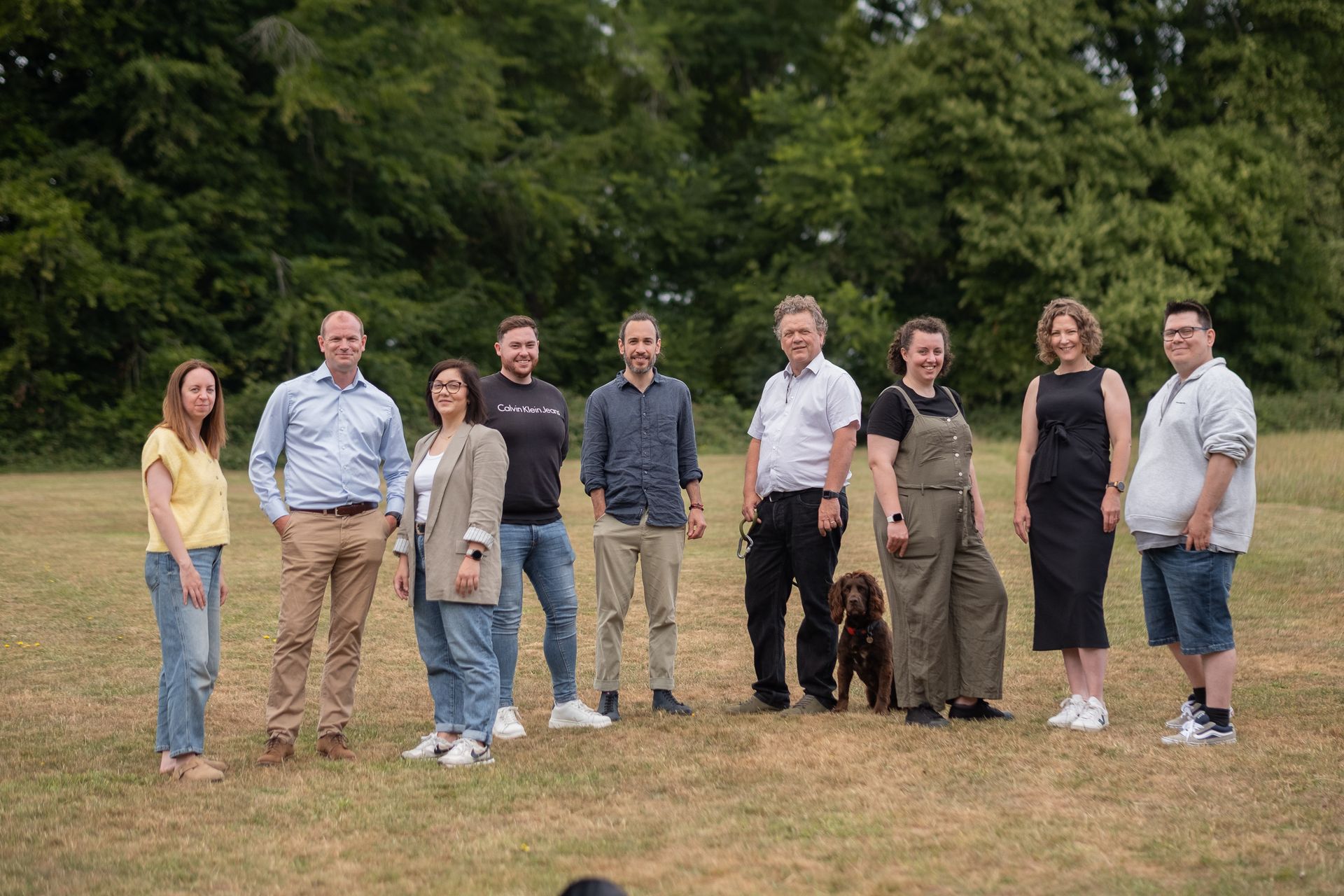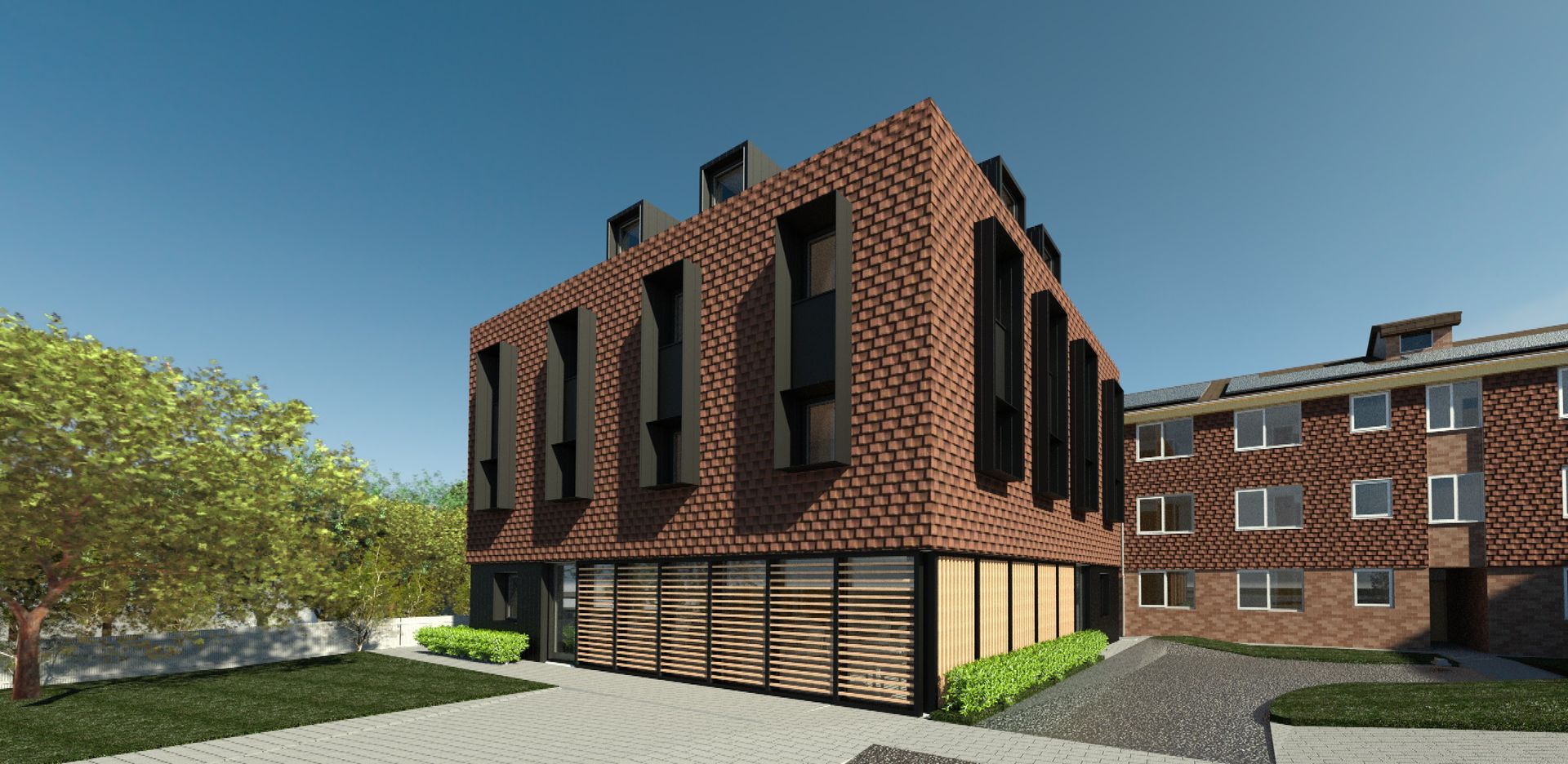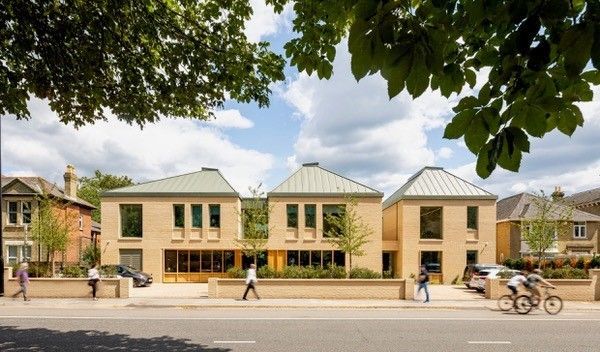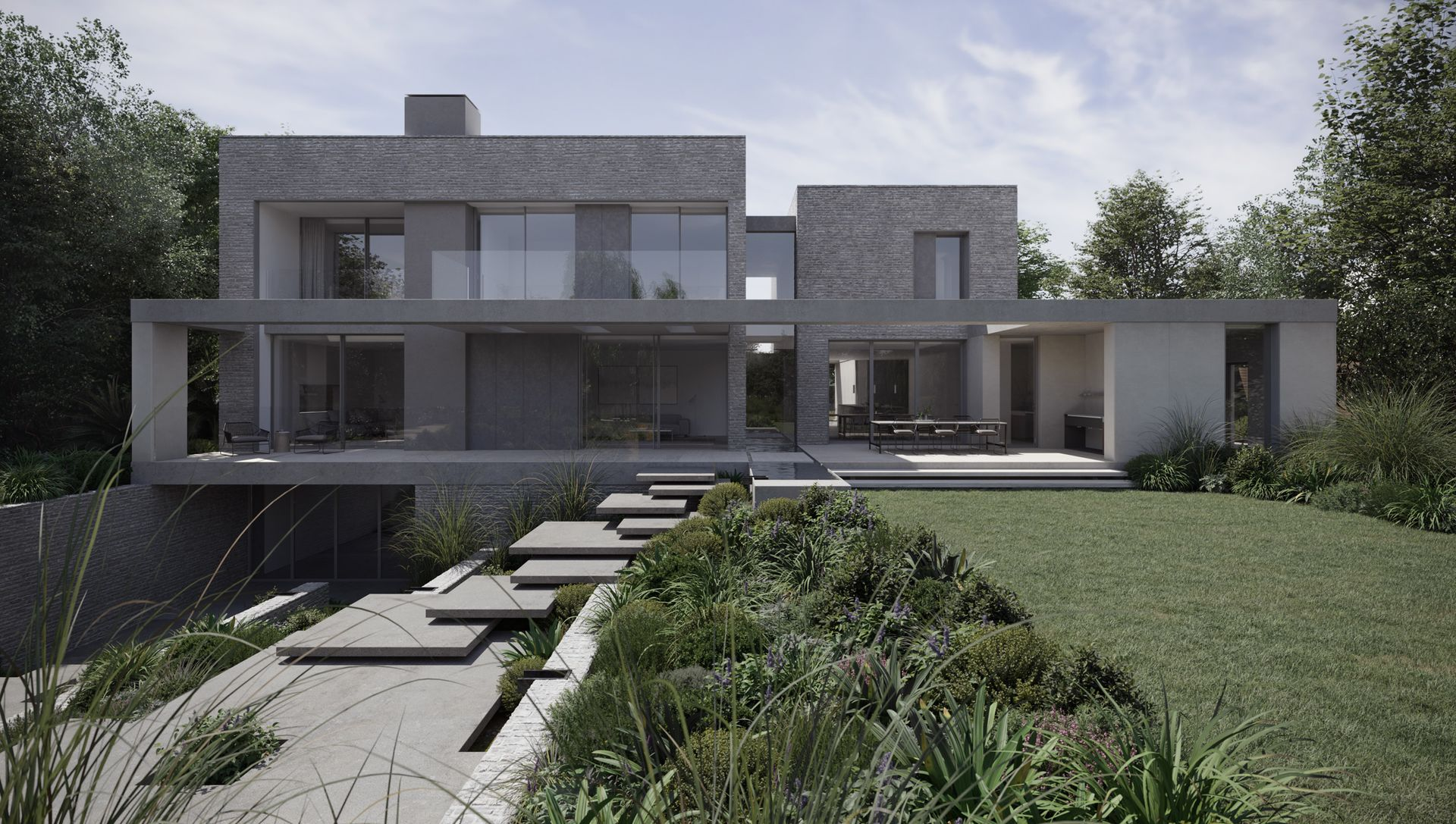Renewable energy: How commercial projects can take a sustainable approach to air conditioning
Commercial air conditioning is not uncommon in the UK. From highrise offices to sprawling warehouses, HVAC systems keep workforces cool in the summer and warm in the winter. But this comes at a cost, with spiralling energy prices and inefficient systems racking up bills and pumping out emissions.
We spent some time with Mesh’s Mechanical and Electrical Design Consultant, Dan Grammer-Taylor, to answer some of the most frequently asked questions around making commercial (and industrial) air conditioning more sustainable.
What is the issue with an energy-intensive HVAC technology like air con?
The main issue with air conditioning is its negative impact on the environment and its contribution to climate change. The air cooling process requires a significant amount of energy, which has traditionally been generated by burning fossil fuels such as coal, oil, and natural gas. This process releases greenhouse gases such as carbon dioxide, which trap heat in the atmosphere and contribute to global warming.
Additionally, the energy consumption associated with HVAC systems can be a major contributor to a building's overall energy use and carbon footprint. In many cases, air conditioning systems are oversized, outdated or poorly maintained, which leads to energy waste and inefficiencies.
The discussion around the suitability of air conditioning systems has become increasingly important in recent years as the world faces the growing threat of climate change. To address this issue, there has been a push to develop more sustainable and energy-efficient HVAC technologies, as well as a focus on improved maintenance and operational practices to reduce energy waste.
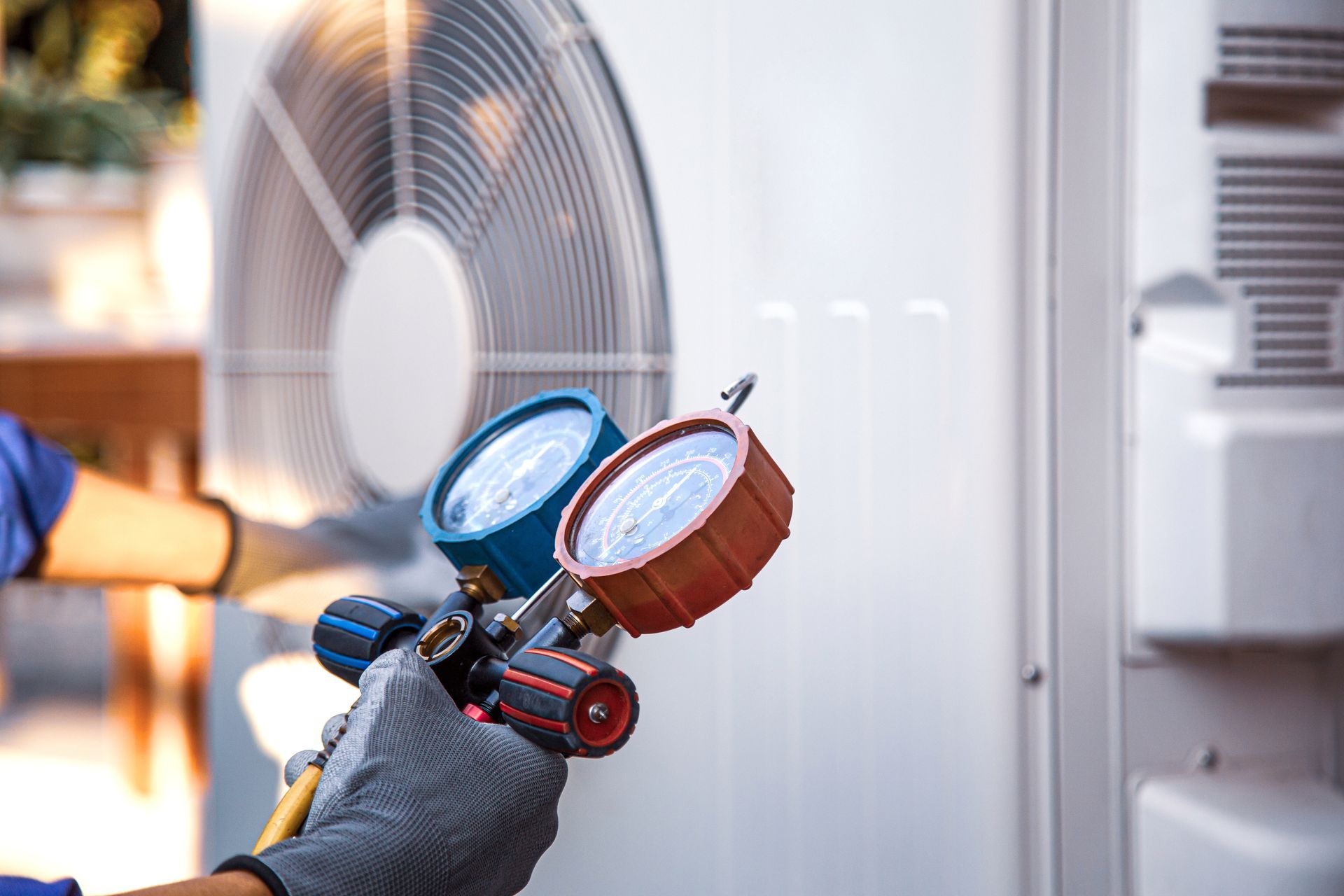
How has HVAC technology improved in recent years?
Commercial air conditioning technology has improved significantly in recent years, with a focus on increased energy efficiency and reduced environmental impact. Some of the key improvements in air conditioning technology include:
- Variable Refrigerant Flow (VRF) Systems: VRF systems are designed to deliver varying levels of cooling to different areas of a building, depending on the demand for cooling. This makes them more energy-efficient than traditional HVAC systems, which deliver a fixed level of cooling to the entire building.
- Energy-efficient Compressors: The compressors used in modern air conditioning systems are designed to be more energy-efficient, with variable speed drives and improved insulation. This results in lower energy consumption and reduces environmental impact.
- Smart Controls and Automation: Modern air conditioning systems can be controlled and optimised using smart controls and automation, which can reduce energy consumption by adjusting the cooling output based on occupancy levels, time of day and other factors.
- Sustainable Refrigerants: The refrigerants used in air conditioning systems have traditionally been harmful to the environment, contributing to ozone depletion and global warming. However, newer refrigerants such as R-410A and R-32 are more sustainable and have a lower impact on the environment.
- Improved Maintenance and Servicing: Regular maintenance and servicing of air conditioning systems can help ensure they operate efficiently and effectively. Improvements in maintenance and servicing practices can help reduce energy waste and extend the lifespan of the equipment.
Overall, these improvements in commercial air conditioning technology have made it possible for buildings to maintain a comfortable indoor environment while using less energy and having a reduced impact on the environment.
What can developers do to take a more sustainable approach to air conditioning?
Developers can take a more sustainable approach to air conditioning by incorporating sustainable design principles and practices into their building projects. Here are some specific steps they can take:
- Design for passive cooling: Developers can design buildings to incorporate passive cooling strategies, such as natural ventilation, shading and thermal mass. This can reduce the need for mechanical cooling and result in a more comfortable indoor environment.
- Choose energy-efficient systems: Developers can choose energy-efficient air conditioning systems that use less energy to operate and have a lower impact on the environment. This can include systems with high SEER and EER ratings, as well as those that use sustainable refrigerants.
- Optimise system sizing and placement:
Developers can ensure that air conditioning systems are properly sized for the building and are located in areas that minimise heat gain. This can help reduce energy consumption and lower operating costs.
- Utilise renewable energy sources: Developers can incorporate renewable energy sources, such as solar panels or geothermal systems, to power air conditioning systems. This can reduce the carbon footprint of the building and lower energy costs.
- Use smart controls and automation: Developers can install smart controls and automation systems that optimise the performance of air conditioning systems based on occupancy levels, time of day and other factors. This can reduce energy consumption and improve the overall efficiency of the system.
- Implement green building certifications: Developers can seek green building certifications, such as LEED or BREEAM, which prioritise sustainable design and construction practices. These certifications can help ensure that a building is designed and constructed with sustainability in mind and can have a positive impact on the environment and the health of its occupants.
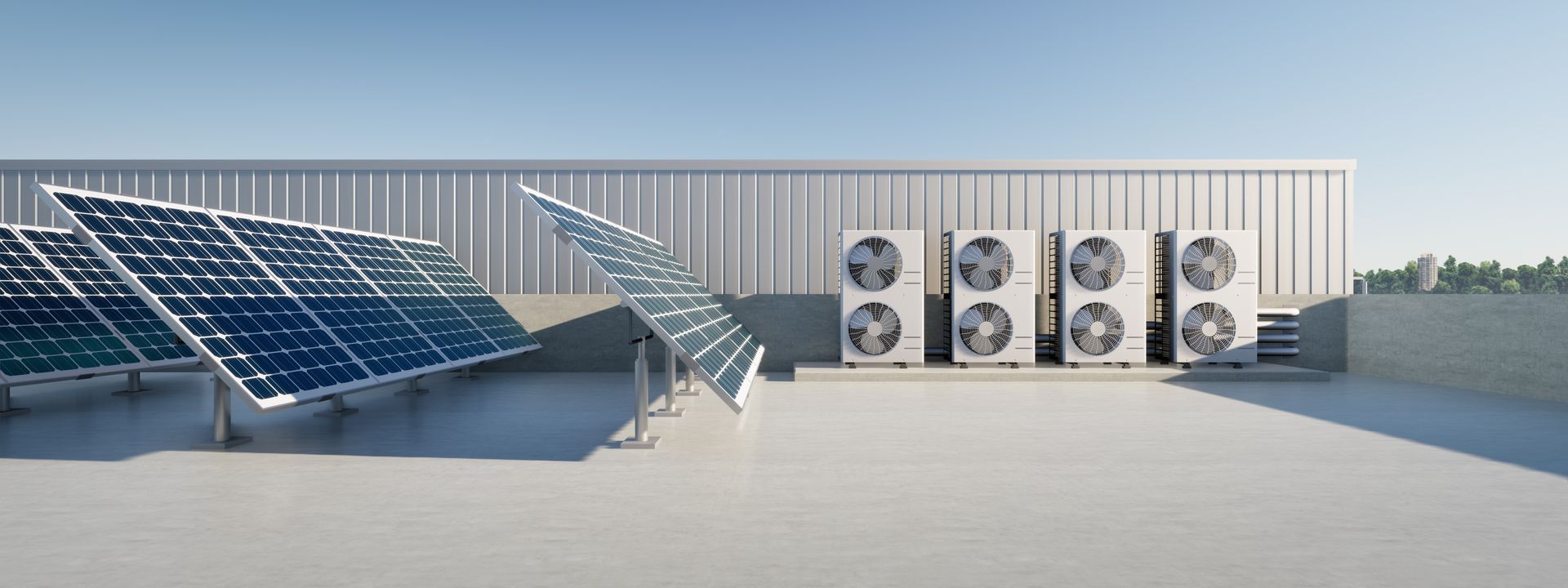
By incorporating these strategies into their building projects, developers can take a more sustainable approach to air conditioning and reduce the environmental impact of their buildings while improving the comfort of their occupants.
Are there any energy-efficient alternatives to air conditioning?
There are several alternatives to traditional air conditioning systems that are more energy-efficient and environmentally friendly. Here are some of the most promising alternatives for commercial air conditioning:
- Radiant Cooling:
Radiant cooling systems use chilled water or other fluids to cool surfaces in the building, such as ceilings, walls or floors. These surfaces then radiate cool temperatures into the space, providing a comfortable indoor environment. Radiant cooling is often used in conjunction with other passive cooling strategies to reduce the need for mechanical cooling.
- Evaporative Cooling:
Evaporative cooling systems use water to cool the air, which is then circulated throughout the building. These systems can be more energy-efficient than traditional air conditioning systems, particularly in dry climates. However, they may not be suitable for areas with high humidity.
- Geothermal Cooling: Geothermal cooling systems use the stable temperature of the ground to cool the air. They can be more energy-efficient than traditional air conditioning systems, particularly in areas with a consistent temperature below ground. However, they can be expensive to install and may not be suitable for all locations.
- Natural Ventilation: Natural ventilation systems use openings in the building, such as windows or vents, to allow fresh air to circulate through the space. They can be more energy-efficient than traditional air conditioning systems, particularly in mild climates. However, they may not be suitable for areas with high levels of outdoor pollution or noise.
While these alternatives may not be suitable for all commercial buildings, they offer promising options for developers and building owners looking to reduce the environmental impact of their cooling systems. By exploring these alternatives and incorporating sustainable design principles, developers can take a more holistic approach to building design and contribute to a more sustainable future.
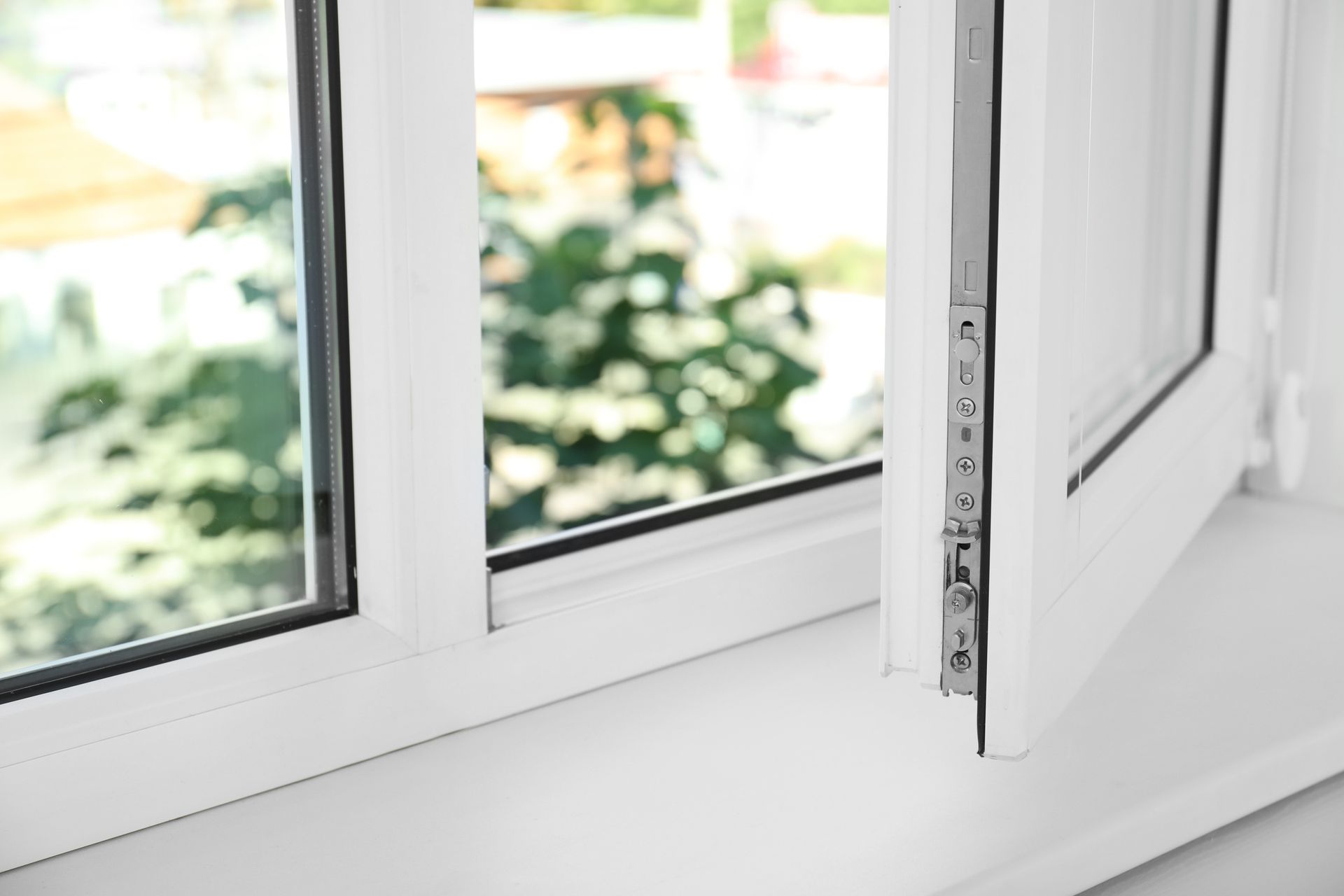
Is the changing climate building a case for the increased usage of air con?
The changing climate is creating conditions that make air conditioning more necessary in certain regions, particularly in areas with high temperatures and humidity levels. As global temperatures continue to rise, more regions are experiencing heatwaves and prolonged periods of high temperatures that can be dangerous for human health.
In some cases, air conditioning can be an effective way to mitigate the impact of extreme heat on human health and productivity. Air conditioning can provide a comfortable indoor environment that helps prevent heat-related illnesses and allows people to continue working and living their daily lives.
However, it is important to note that air conditioning is not a sustainable solution to the problem of climate change. Traditional air conditioning systems consume significant amounts of energy, contribute to greenhouse gas emissions, and can exacerbate the urban heat island effect in cities. Additionally, relying on air conditioning to cope with rising temperatures may ultimately make the problem worse by increasing energy demand and contributing to further climate change.
To address the challenge of climate change, it is important to consider a range of strategies, including reducing greenhouse gas emissions, increasing energy efficiency, and designing buildings and communities to be more resilient in the face of changing weather patterns. While air conditioning may be a necessary short-term solution in some cases, it is important to consider its environmental impact and explore alternative strategies for cooling buildings and mitigating the impact of extreme heat.
How does commercial air con differ from residential air con?
Commercial air conditioning systems and residential air conditioning systems differ in several ways, including their size, capacity, and complexity. Here are some of the key differences between commercial and residential air conditioning systems:
- Size:
Commercial buildings are typically larger than residential buildings, which means that commercial air conditioning systems are larger and more complex.
- Capacity: Commercial air conditioning systems are designed to cool larger spaces and serve more people than residential systems. They are typically rated in tons, while residential systems are rated in British Thermal Units (BTUs).
- Zoning: Commercial air conditioning systems often have multiple zones to accommodate different cooling needs within a building. Residential systems typically have one or two zones.
- Ductwork: Commercial air conditioning systems typically use larger and more complex ductwork than residential systems – to distribute cooled air throughout the building.
- Control Systems: Commercial air conditioning systems often have more advanced control systems than residential systems, allowing facilities managers to monitor and adjust cooling performance based on the specific needs of the building.
- Maintenance:
Commercial air conditioning systems require more frequent maintenance than residential systems due to their larger size and higher capacity.
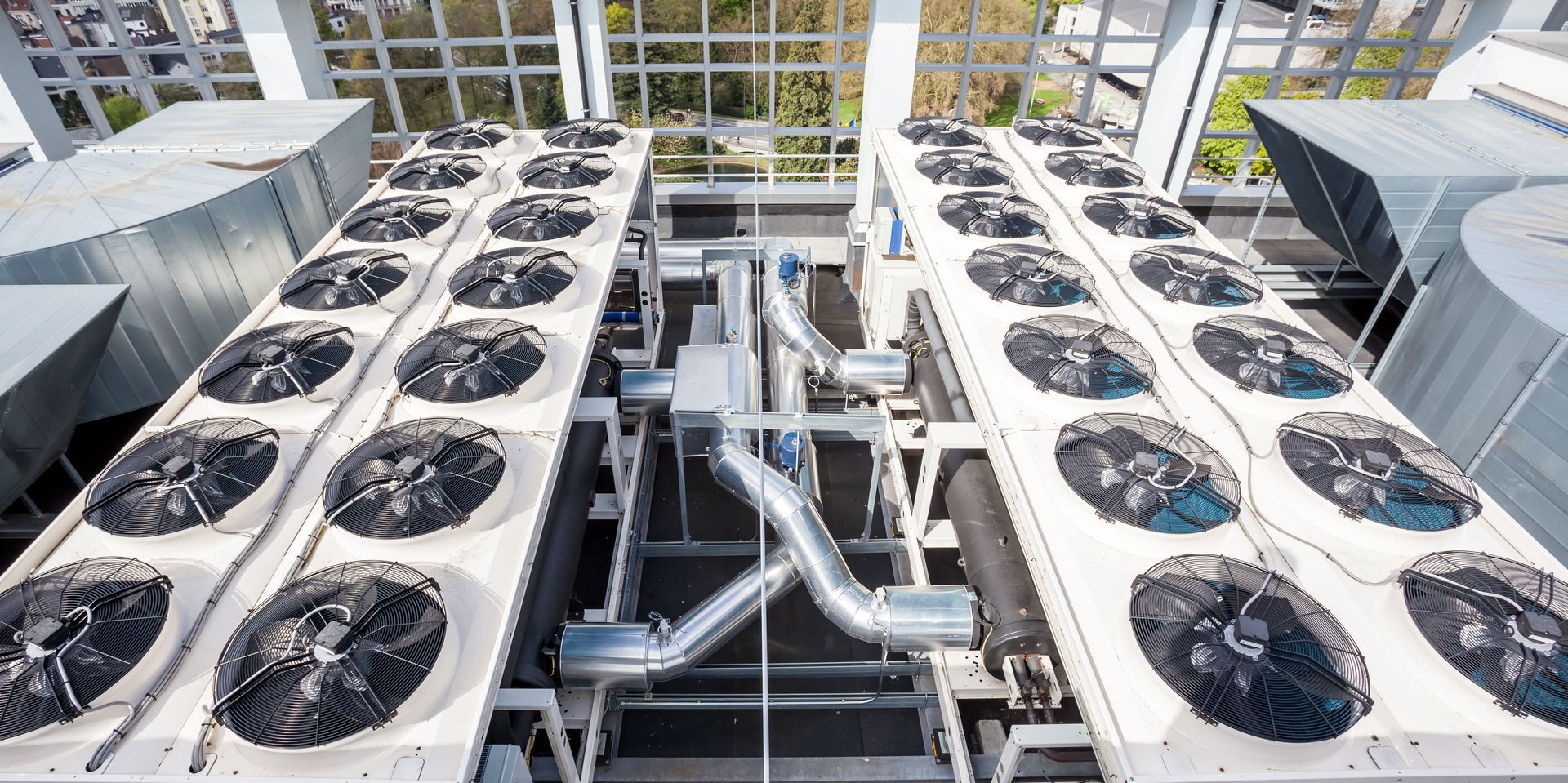
Overall, commercial air conditioning systems are designed to handle larger and more complex cooling needs than residential systems, and they often require more advanced technologies and maintenance practices to operate effectively.
What other factors can help improve the heating and cooling of commercial property?
There are several factors other than air conditioning that can help improve the heating and cooling of commercial properties. Here are some to consider:
- Building Orientation:
The orientation of a building can impact how much sunlight it receives and how much shade it provides. By orienting a building to maximise natural light and shade, developers can reduce the need for mechanical cooling and heating.
- Insulation:
Insulation plays a critical role in keeping a building comfortable all year-round. By adding insulation to walls, ceilings and floors, building owners can reduce heat loss in the winter and heat gain in the summer.
- Glazing: The type and quality of windows and glazing can impact how much heat enters or escapes a building. By choosing energy-efficient glazing and shading devices, building owners can reduce heat gain in the summer and heat loss in the winter.
- Natural Ventilation: Natural ventilation systems use openings in the building, such as windows or vents, to allow fresh air to circulate through the space. By incorporating natural ventilation systems into building design, developers can reduce the need for mechanical cooling and improve indoor air quality.
- High-Efficiency HVAC Systems:
High-efficiency HVAC systems, such as those that use geothermal or air-source heat pumps, can reduce energy consumption and greenhouse gas emissions compared to traditional heating and cooling systems.
- Renewable Energy: Incorporating renewable energy sources, such as solar or wind power, into building design can help offset energy consumption and reduce greenhouse gas emissions.
By considering these factors in building design and operation, developers and building owners can improve the heating and cooling of commercial properties while also reducing energy consumption and environmental impact.
We hope these FAQs have given you deeper insight into the challenge that commercial and industrial sectors face when it comes to HVAC efficiency. Of course, keeping workforces cool and comfortable is the priority, but it’s important to understand the wider affect of air conditioning systems in a country where climate change is becoming increasingly noticeable year on year.
If you’re an architect, builder or planner looking to improve or install sustainable HVAC technology in your building, get in touch with us today to find out more about staying cool whilst keeping the environment in mind.
SHARE THIS POST WITH YOUR NETWORK


